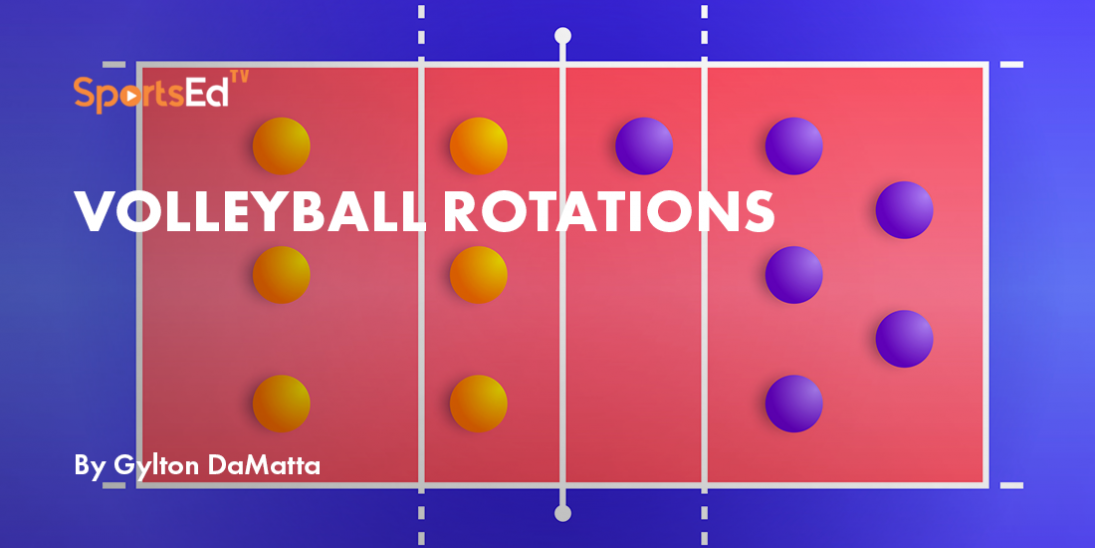Volleyball
Welcome and thanks for visiting...

The Evolution of Volleyball Rules

Over the past month, I have explored the theme of "understanding volleyball" among the general population, including parents, grandparents, spectators, and attendees of volleyball events.
Although there are nearly 1 billion volleyball players in the world, both players and people from the general audience are often uninformed about the complexity of the sport. This lack of understanding can be attributed to misconceptions about the evolution of volleyball rules.
In light of this, I decided to write this blog about the history of volleyball rules to provide informative insight for the general population. My intention is not to create any controversy or to discredit those who do not follow the rules, of the International Federation of Volleyball (FIVB) but rather to give moms, dads, grandmas, and grandpas a clearer view of the game and enhance their viewing experience.
I have invested over 8 years in the technical aspects of volleyball, giving me access to valuable information from renowned FIVB Technical Evaluators like Dr. Horst Baacke, Dr. Frohner, and Dr. Lorne Sawula, as well as top coaches such as Charles Cardinal, Ejem, and my friend Abe Meininger from the Netherlands.
They have shared their insights on the evolution of volleyball rules over the years with me.
.png)
When Was Volleyball Invented
Volleyball was first created by Pastor William Morgan in Holyoke, MA in 1895 and the initial rules and regulations were established there. In 1917, the net height was set at 2.43 meters, which was believed to be a convenient height for soldiers in WWI to set up the nets in their base camps.
The 6-Player Rule
The six-player rule was established in 1918 as it was deemed that 6 players would better fit the 9 x 9-meter court.
When Did the Volleyball Player Rotation Begin
In 1923, players introduced the clockwise rotation rule to allow each player to serve and alternate their positions in the front and back row.
What About Volleyball Antennas and 5th Set Scoring
The game expanded in both Europe and Asia, but it was not until 1968 that Jim Coleman, a legendary coach from the US, created the antennas. In 1988, the 5th set was changed to a rally scoring system in an attempt to shorten the game time and make it more suitable for television. In 1993, the Libero was allowed in official international volleyball confederations due to the influence of Asian countries.
When Did Volleyball Rules Allow Full Body Ball Contact?
In 1994, the governing body made it legal for the ball to touch any part of the body. The predominantly right-handed service zone was expanded to the whole baseline, allowing for serving throughout the 9-meter extension.
Who Created the Multi-Attack System?
The multi-attack system, which allowed players to jump from the back row and reach the ball in the front row, was created by the Brazilians in 1992. In 1997, the 3-meter line was extended with dotted lines to ensure that back-row players were taking off from their designated playing zones.
How Did Volleyball Rules Accommodate Smaller Players?
The challenge rule and the challenger volleyball by height were introduced in 2006, allowing for a special 6 ft and under competition for short players at school-age youth programs.
When Was Coaching Allowed During Play?
In 2011, the role of the coach was recognized, allowing them to stand and give verbal instructions near the sidelines, whereas before they had to be seated on the bench. The priority has always been to expedite the time of play, but with the high speed of the game and advances in technology, challenges to referee calls and the influence of instant replay have impacted the time of play.
Why Was the 10-Second Rule Started in Volleyball?
In 2013, during the U23 Men’s World Championships, the FIVB experimented with the 10-sec serving rule and improved the coaches’ challenges to referee calls. Despite the efforts to make the game more entertaining for spectators, long interruptions often cause unnecessary delays in the game.
Summary
In conclusion, it is important to understand the evolution of the main rules in volleyball, especially for players and fans. Modifying rules to fit the passion of volleyball spectators is a topic that deserves more attention and research. Children, young players, and parents should be knowledgeable about the rationale behind the rules they see on TV and on social media.









